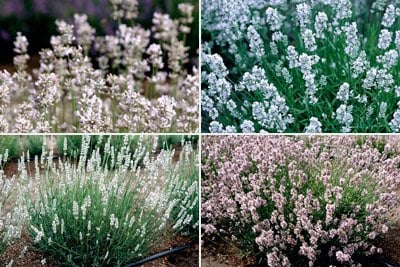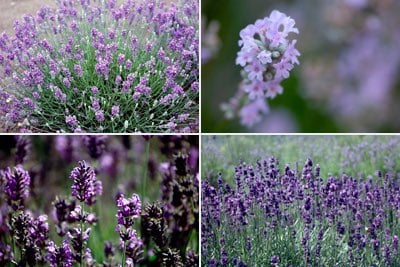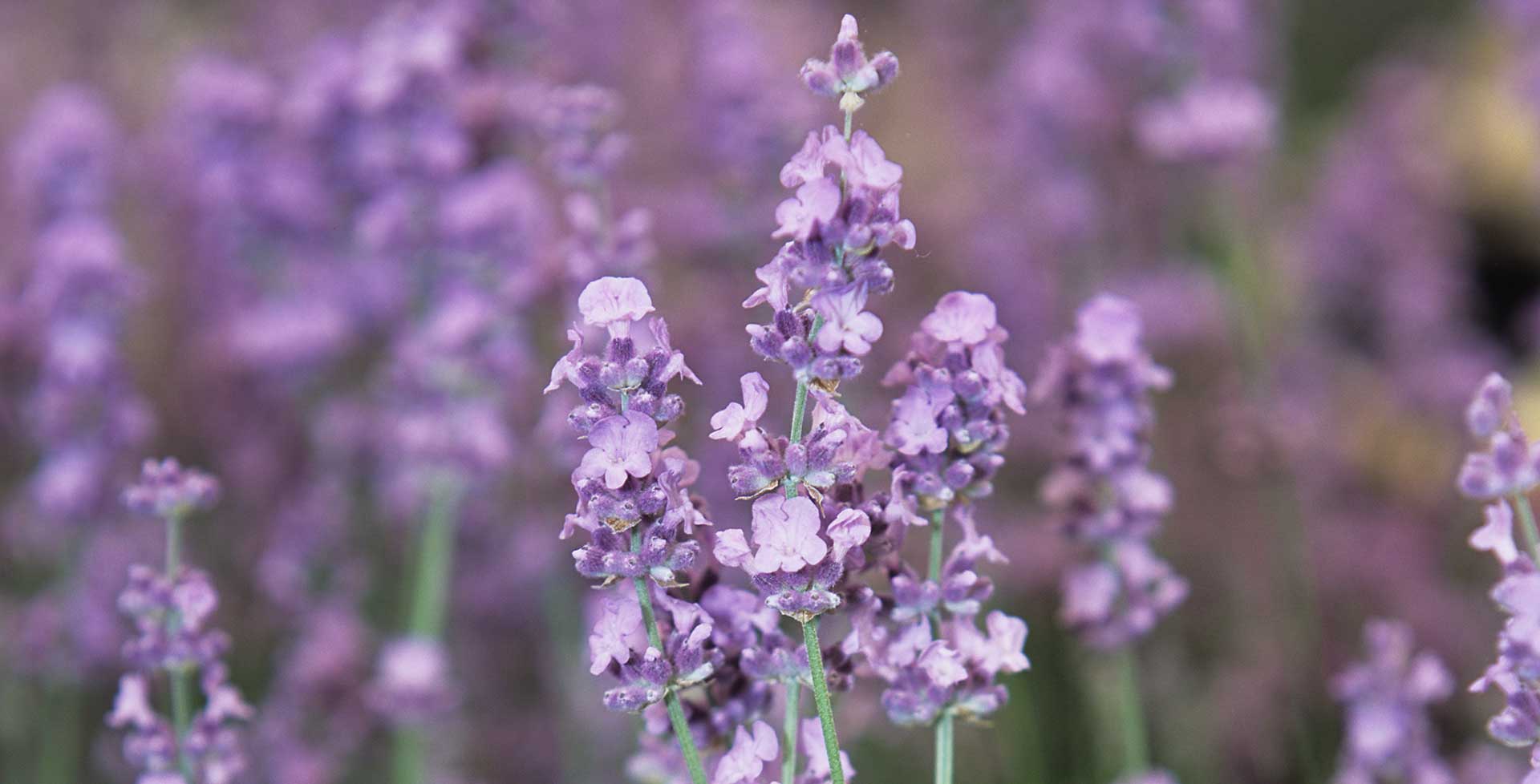
Introducing...
English lavender
English lavender is a favourite in cottage gardens and herb beds. It also suits contemporary garden styles and makes an aromatic border edging around vegetable or herb plots. It is the hardiest lavender (cultivars of Lavandula angustifolia and L. × intermedia) and is very attractive to bees and butterflies.
Looks
L. angustifolia is a bushy shrub with strongly aromatic silvery or grey-green leaves and dense flower spikes of fragrant flowers. Cultivars in shades of purple to blue, pink and white, flower from early summer. It grows from 30-90cm (1-3ft) tall. L. × intermedia is slightly later flowering.
Likes
Lavender is a sun-lover and ideal for Mediterranean-style and contemporary planting. It must have free-draining soils and thrives in poor, sandy or chalky soil.
Dislikes
Lavender hates heavy wet soils particularly in winter and it also dislikes shade. Even though English lavender is generally hardy throughout the UK, avoid planting in cold spots. Don’t prune it hard into old, bare wood as it will not regenerate well.
Did you know?
These plants have long been grown for their oils that are used in perfumes. Fields of purple are a common sight in many parts of the Mediterranean and a few sites in the UK. Leaves and flowers can be dried to make lavender bags, pot pourri and even used in baking.
Growing guide
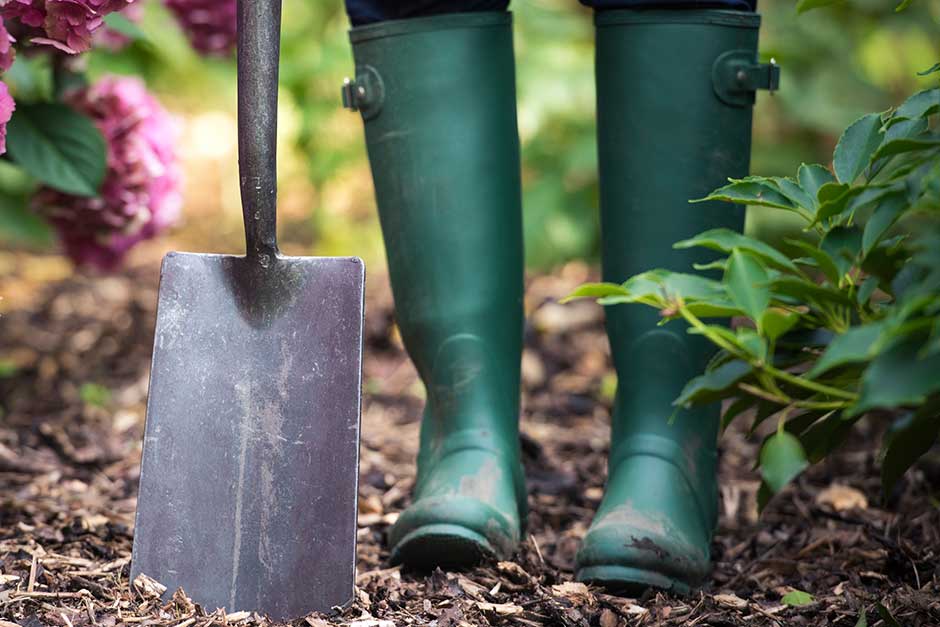
How to grow lavender
All the information you’ll need to grow & care for lavender in your garden.
English lavenders we recommend
Lavandula angustifolia Melissa Lilac ('Dow4'PBR)
English lavender [Melissa Lilac]
- 0.5–1 metres
- 0.1–0.5 metres
Lavandula angustifolia 'Munstead'
English lavender 'Munstead'
- 0.1–0.5 metres
- 0.5–1 metres
Lavandula × intermedia 'Hidcote Giant'
lavender 'Hidcote Giant'
- 0.5–1 metres
- 1–1.5 metres
Lavandula angustifolia Melissa Lilac ('Dow4'PBR)
English lavender [Melissa Lilac]
- 0.5–1 metres
- 0.1–0.5 metres
Lavandula angustifolia 'Munstead'
English lavender 'Munstead'
- 0.1–0.5 metres
- 0.5–1 metres
Lavandula × intermedia 'Hidcote Giant'
lavender 'Hidcote Giant'
- 0.5–1 metres
- 1–1.5 metres
Useful advice
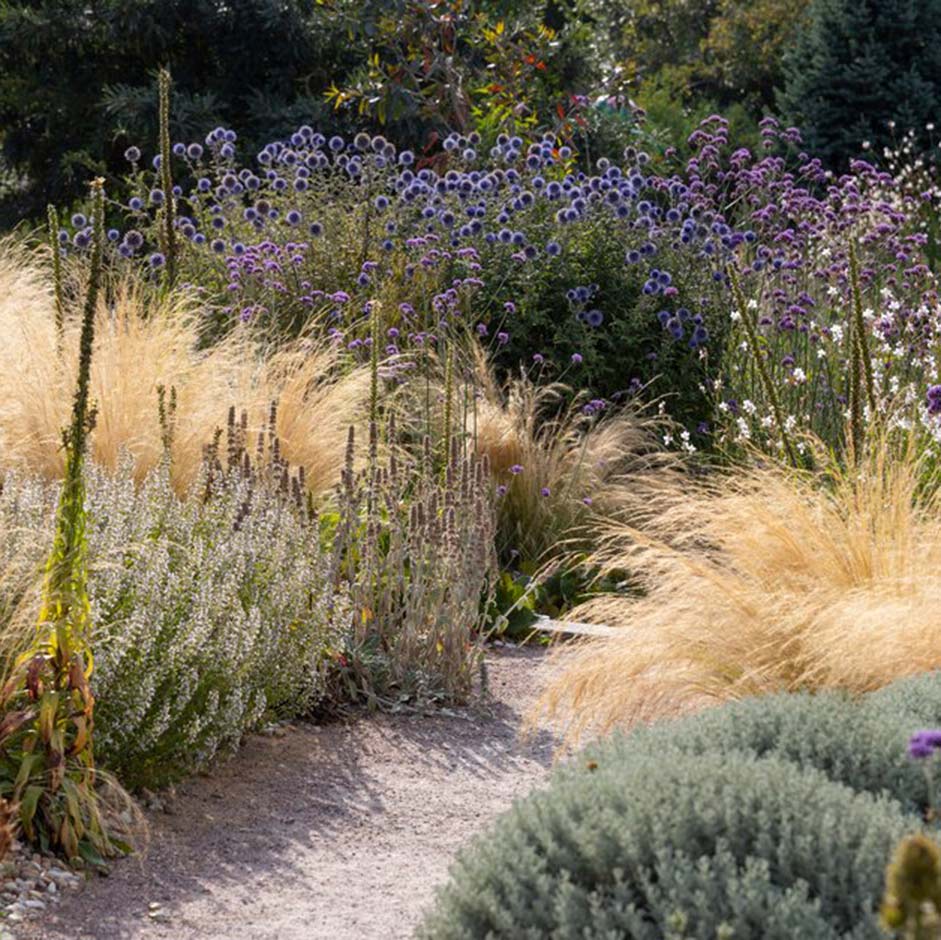
Gravel gardens
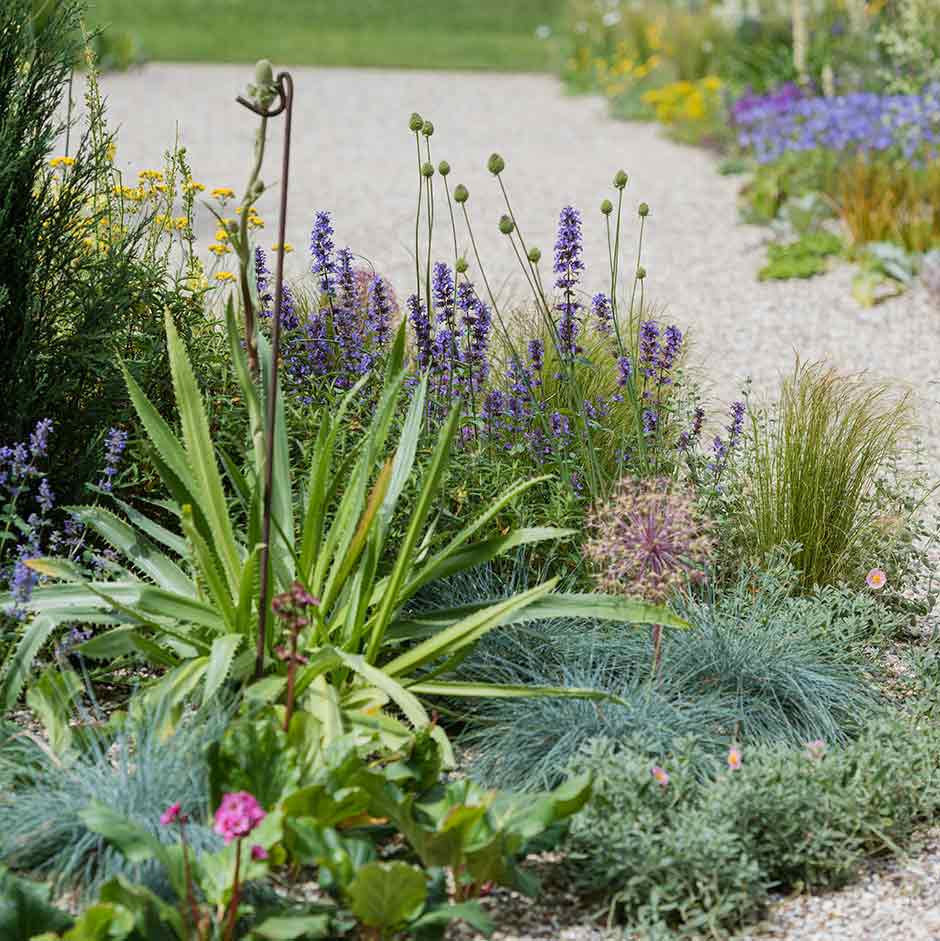
Drought-resistant gardening

Low maintenance gardening

Roof gardens and balconies
Get involved
The Royal Horticultural Society is the UK’s leading gardening charity. We aim to enrich everyone’s life through plants, and make the UK a greener and more beautiful place.
